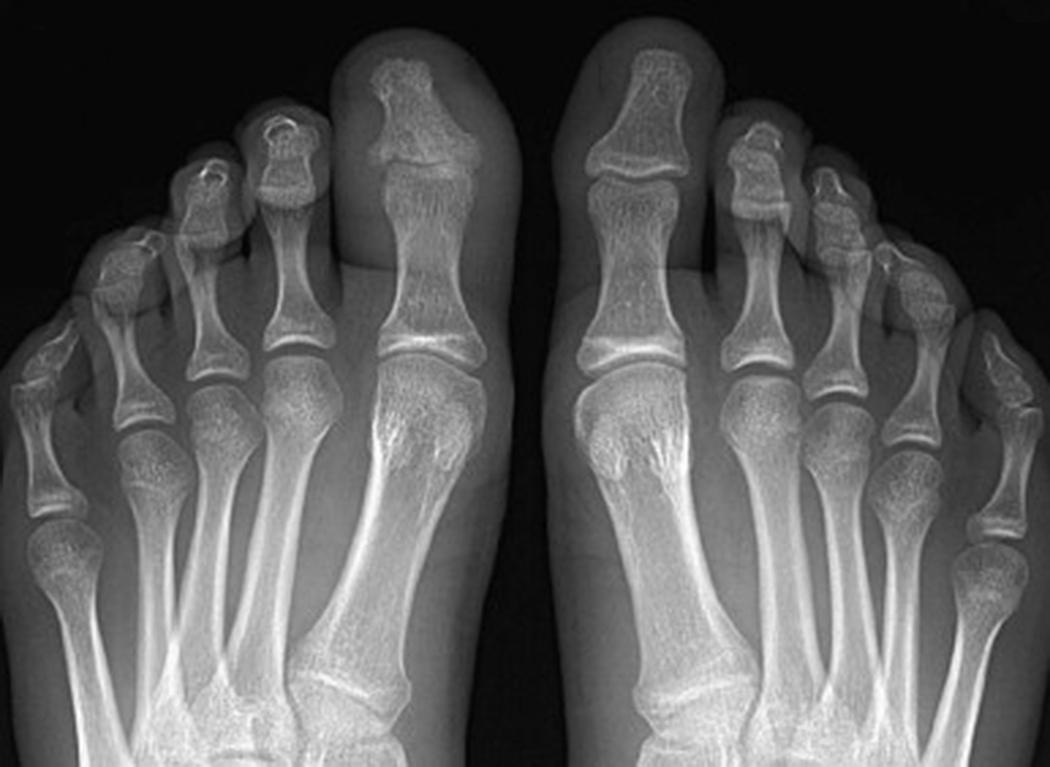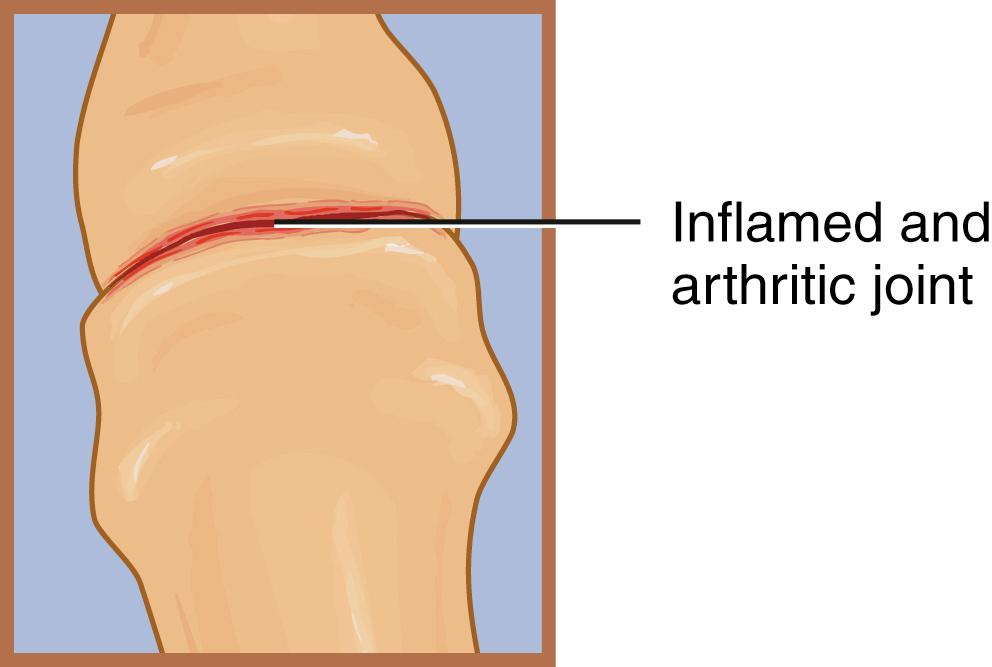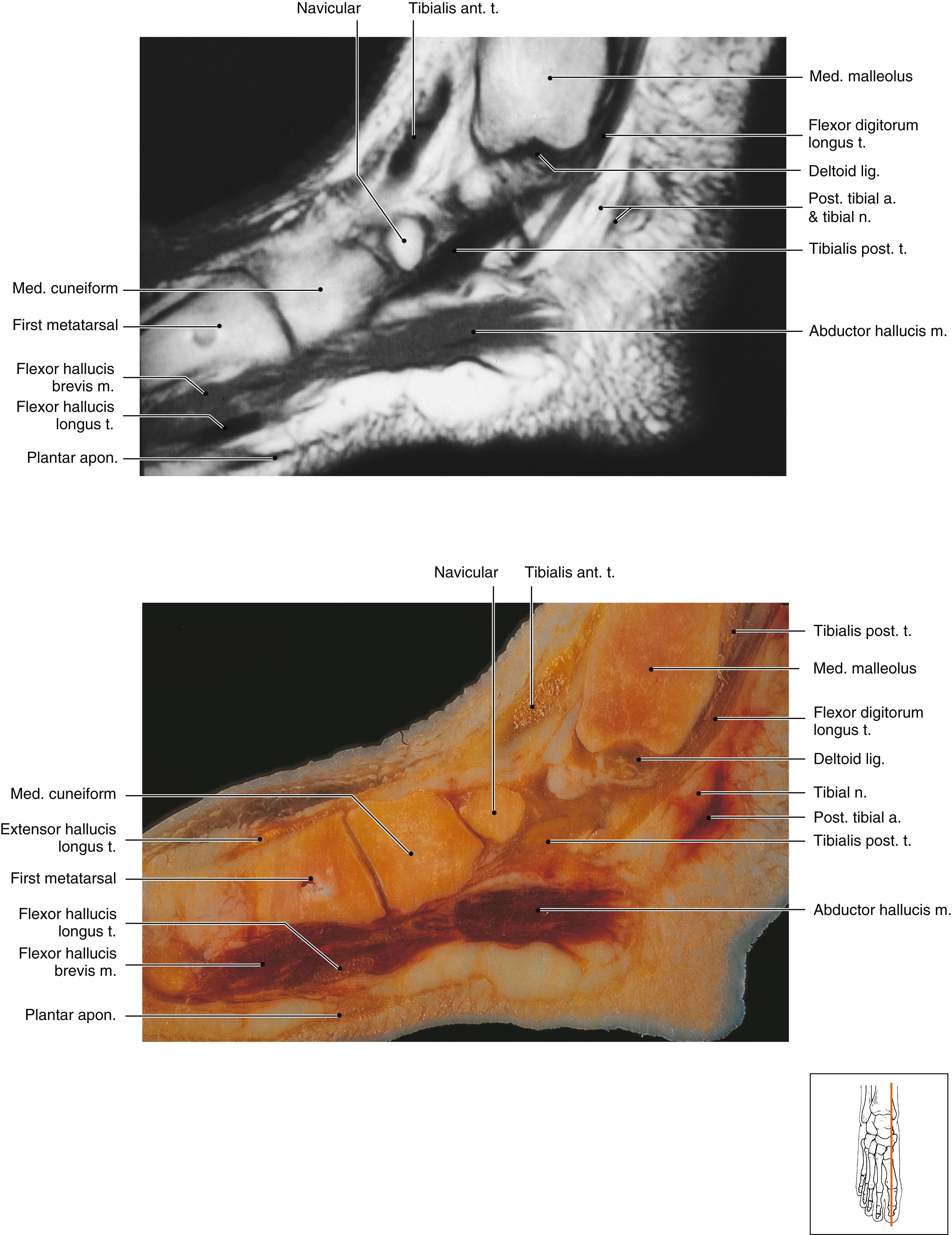Physical Address
304 North Cardinal St.
Dorchester Center, MA 02124
The toe joint is susceptible to developing arthritis from a variety of conditions that all have the ability to damage the joint cartilage. Osteoarthritis of the joint is the most common form of arthritis that results in toe joint pain. However, rheumatoid arthritis and posttraumatic arthritis also are common causes of toe joint pain secondary to arthritis. Less common causes of arthritis-induced toe joint pain include the collagen vascular diseases, gout, psoriatic arthritis, infection, and Lyme disease ( Fig. 178.1 ). Acute infectious arthritis usually is accompanied by significant systemic symptoms, including fever and malaise, and should be easily recognized by the astute clinician and treated appropriately with culture and antibiotics, rather than injection therapy. The collagen vascular diseases generally present as a polyarthropathy rather than a monoarthropathy limited to the toe joint, although toe joint pain secondary to collagen vascular disease responds exceedingly well to the intra-articular injection technique described later.

The majority of patients who present with toe joint pain secondary to osteoarthritis and posttraumatic arthritis pain present with the complaint of pain localized to the affected joint of the foot. The great toe is most commonly affected. Activity, especially flexion of the toe joints, makes the pain worse, with rest and heat providing some relief. The pain is constant and is characterized as aching and may interfere with sleep. Some patients complain of a grating or popping sensation with use of the joint, and crepitus may be present on physical examination. In addition to the previously mentioned pain, patients who suffer from arthritis of the toe joint often experience a gradual decrease in functional ability with decreasing toe range of motion, making simple everyday tasks, such as walking, standing on tiptoes, and climbing stairs, quite difficult.
Plain radiographs are indicated in all patients who present with toe joint pain. Based on the patient’s clinical presentation, additional testing may be indicated, including complete blood cell count, sedimentation rate, and antinuclear antibody testing. Magnetic resonance imaging and ultrasound imaging of the toe are indicated if joint instability, occult mass, or tumor is suggested.
Each toe joint has its own capsule ( Figs. 178.2 and 178.3 ). The articular surface of these joints is covered with hyaline cartilage, which is susceptible to arthritis. The toe joint capsules are lined with a synovial membrane that attaches to the articular cartilage. The deep transverse ligaments connect the joints of the 5 toes and provide the majority of strength to the toe joints. The muscles of the toe joint and their attaching tendons are susceptible to trauma and to wear and tear from overuse and misuse.


Become a Clinical Tree membership for Full access and enjoy Unlimited articles
If you are a member. Log in here